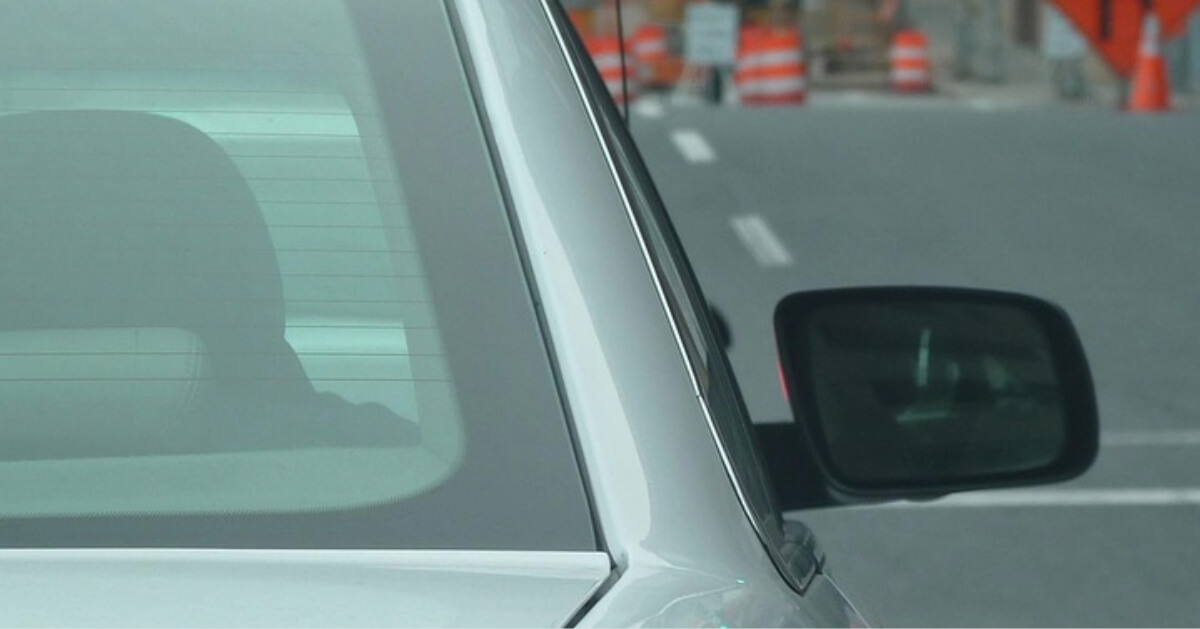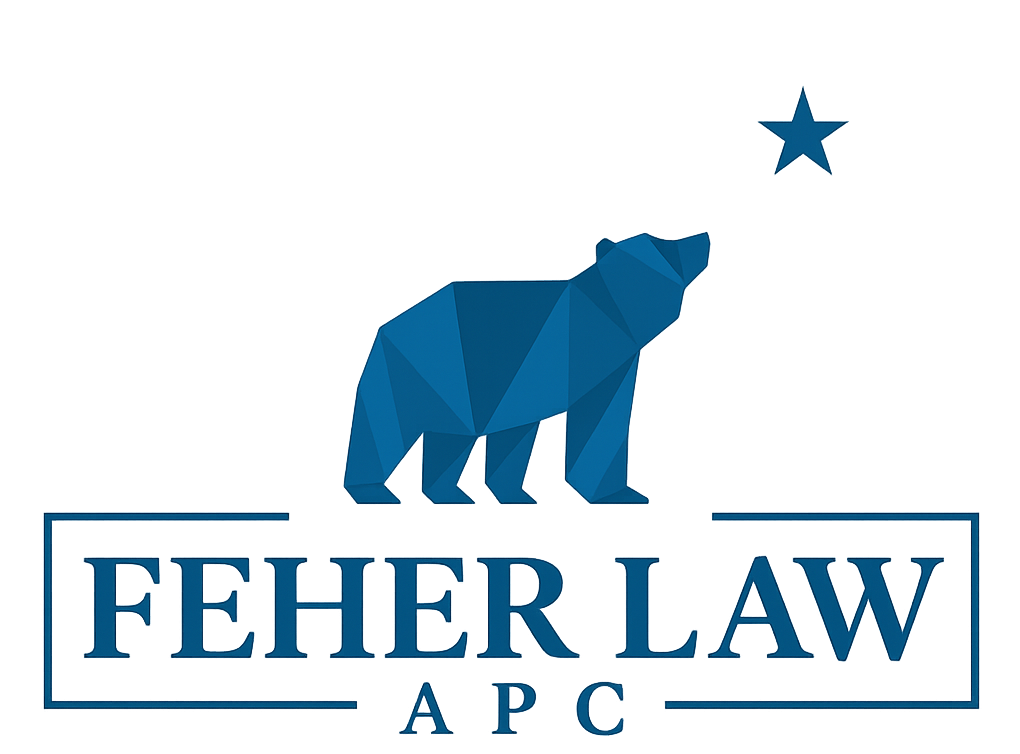Wrongful Death Settlement Calculator for California Victims

At Feher Law, our wrongful death settlement calculator for California victims helps families understand potential compensation during their most difficult time. California wrongful death settlements typically range from $50,000 to $2,500,000.
A clear calculation of potential settlements gives families guidance and confidence as they consider their legal options. Our comprehensive guide breaks down California’s unique wrongful death laws, recent legal changes, and the complex factors that determine final compensation amounts.
Using Our Wrongful Death Calculator
Enter your information into the fields to estimate your potential settlement:
- Decedent’s age at death: Used to estimate years of financial support until retirement (assumed age 67).
- Annual income: Gross yearly income at the time of death.
- Number of dependents: Include spouse, children, or others financially supported by the decedent.
- Funeral and medical costs: Include funeral, burial, and final medical expenses.
- Non-economic loss (drop-down): Options: Low ($250,000), Medium ($500,000), High ($1,000,000). Covers loss of love, companionship, comfort, care, and guidance. These amounts are estimates only.
- Medical malpractice case? (Yes/No toggle)
Disclaimer: The result from this calculator is an estimate only and doesn’t constitute legal advice. Many case factors affect actual compensation amounts.
Wrongful Death Settlement Calculator
If you need immediate legal assistance, contact our personal injury attorney in Torrance for compassionate representation during this difficult time.
California Wrongful Death Claims Explained
California wrongful death claims arise when someone dies due to another party’s negligence, recklessness, or intentional misconduct. Unlike criminal cases, which often result in imprisonment, these civil lawsuits focus on providing financial compensation to surviving family members for their profound losses.
The California Department of Public Health reports that unintentional injuries are a leading cause of preventable deaths statewide.
If another party owed a duty of care and their negligence contributed to the accident, California’s comparative negligence laws allow families to pursue compensation even when their loved one was partly at fault. In those cases, any award is reduced by the percentage of responsibility assigned to the deceased.
⚖️ Under California Code of Civil Procedure Section 377.60, only certain relatives and dependents are eligible to file wrongful death claims. At Feher Law, we can help you determine whether you qualify and build a strong case to hold negligent parties accountable.
Who Can File a Wrongful Death Claim in California
California law restricts wrongful death claims to specific family relationships, ensuring only those closest to the deceased can seek compensation. The following individuals have legal standing to pursue these claims:
Immediate Family Members:
- Surviving spouse or registered domestic partner
- Children of the deceased, including adopted children
- Grandchildren, if the deceased’s children have also passed away
Other Eligible Parties:
- Parents of the deceased if no spouse or children survive
- Siblings in certain circumstances, when no immediate family exists
- Financial dependents who can prove they relied on the deceased for at least 50% of their support
- Putative spouses (those who believed in good faith they were married to the deceased)
If multiple family members wish to file claims, California law requires them to coordinate their efforts, typically through a single lawsuit with shared legal representation to maximize recovery potential.

How California Wrongful Death Settlements Are Calculated
Settlement calculations draw from the same factors California courts consider when awarding damages, including both economic and non-economic losses.
Economic Damages Calculation
Economic damages form the foundation of most wrongful death settlements, covering measurable financial contributions the deceased would have provided throughout their lifetime. These calculations require a detailed analysis of employment history, benefits, and projected career advancement.
Lost Income and Benefits:
- Current salary and wages at the time of death
- Expected future earnings based on career trajectory and statistical life expectancy
- Health insurance, retirement contributions, and other employment benefits
- Self-employment income and business ownership interests
Direct Expenses:
- Medical bills incurred before death
- Funeral and burial expenses
- Transportation costs for medical treatment
💡 Hypothetical Scenario: A 35-year-old software engineer earning $120,000 annually dies in a traffic collision. Economic damages calculations would include projected lifetime earnings of approximately $3.2 million, plus lost benefits and immediate expenses.
Non-Economic Damages Assessment
California recognizes that financial losses represent only part of a family’s devastation from wrongful death. Non-economic damages compensate for the irreplaceable human elements lost when someone dies unexpectedly, requiring careful evaluation of family relationships.
Compensable Non-Economic Losses:
- Loss of love, companionship, and emotional support
- Loss of guidance, advice, and parental direction for children
- Loss of household services and domestic contributions
- Loss of protection and security provided by the deceased
The value of these damages depends heavily on the deceased’s relationship with survivors, their role within the family structure, and the long-term emotional impact of their loss.
Our compassionate legal team fights for maximum compensation. Schedule your free consultation today.
California's MICRA Damage Caps: Updated 2025 Changes
California limits non-economic damages in wrongful death cases arising from medical malpractice under the Medical Injury Compensation Reform Act (MICRA).
Assembly Bill 35, effective January 1, 2023, raised the cap for wrongful death to $500,000, with gradual increases each year until it reaches $1 million in 2033, followed by 2% annual adjustments for inflation.
| Year | Medical Malpractice Wrongful Death Cap | Annual Increase |
|---|---|---|
| 2023 | $500,000 | – |
| 2024 | $550,000 | $50,000 |
| 2025 | $600,000 | $50,000 |
| 2033 | $1,000,000 | Final amount |
| 2034+ | Inflation-adjusted (2% annually) | Ongoing increases |
These caps apply only to non-economic damages in medical malpractice cases. Other wrongful death cases involving car accidents, workplace incidents, or general negligence have no damage caps in California.
⚖️ Multiple defendants may face separate caps, potentially tripling available compensation when healthcare providers, institutions, and unaffiliated practitioners are all involved in the same case.
Key Factors That Influence Settlement Amounts
Several critical factors determine the value of California wrongful death settlements, with some carrying significantly more weight than others in final calculations. These elements help families set realistic expectations and make informed legal decisions.
Age and Life Expectancy Impact
Younger victims typically result in higher settlements due to longer projected lifespans and greater earning potential over their working years. California courts may consider life expectancy evidence from actuarial tables, government statistics, and expert testimony, which sometimes reference research from institutions such as the UC Berkeley Department of Demography.
Age-Related Considerations:
- Working-age adults (25-55) generally produce the highest economic damage calculations
- Children’s settlements focus on lost earning potential based on family educational background and socioeconomic factors
- Elderly victims may result in lower economic damages, but substantial non-economic losses for surviving family members
Income and Career Trajectory
The deceased’s employment history and career prospects have a significant impact oeconomic damage calculations.
Employment Analysis Factors:
- Recent salary history and comprehensive employment benefits
- Educational background and professional certifications or licenses
- Industry growth trends and realistic advancement opportunities
- Overtime pay, bonuses, commissions, and other regular compensation sources
In California wrongful death cases, our lawyers work with experts to show not only your loved one’s current income but also their future earning potential based on education, career path, and opportunities for advancement.
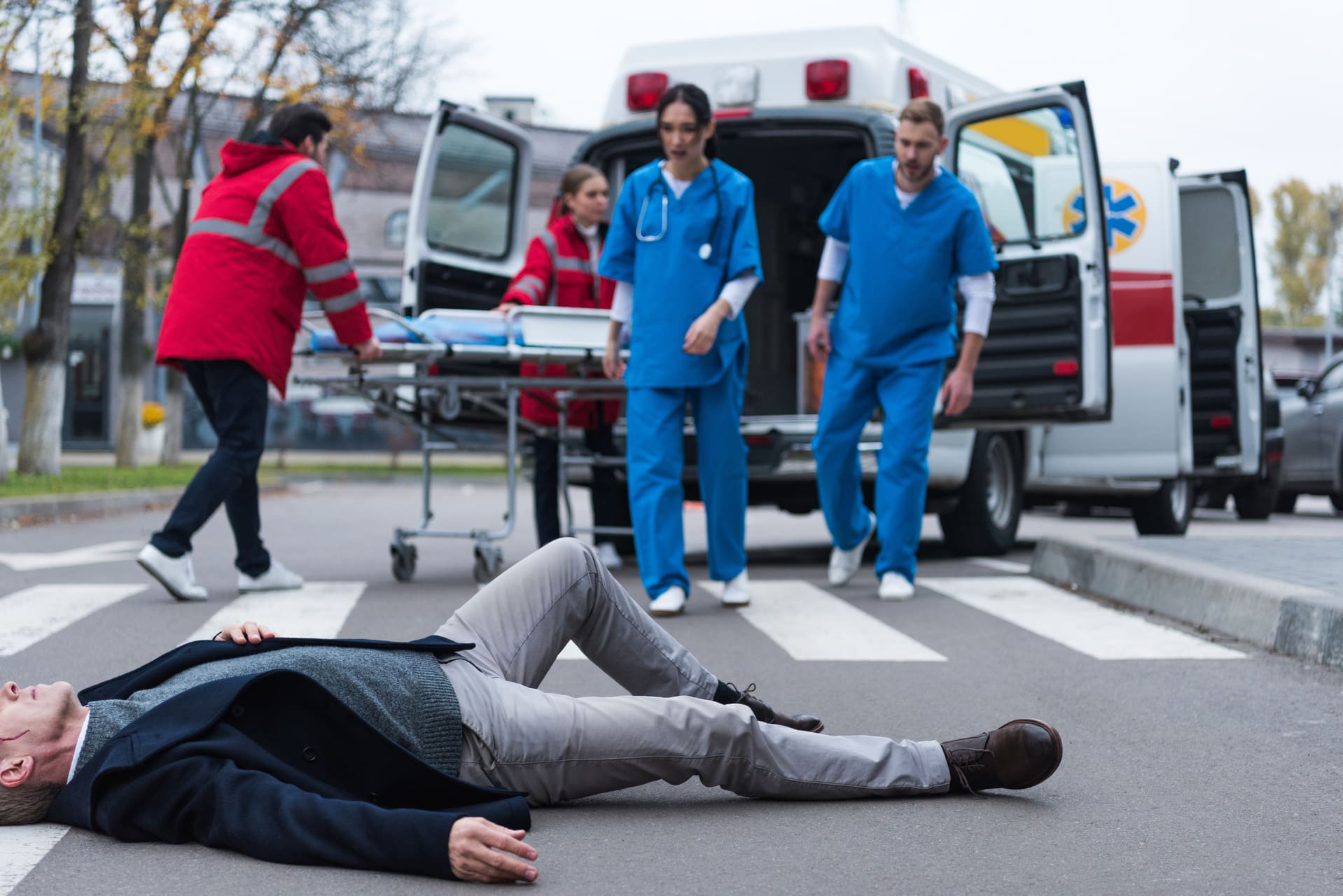
Number and Ages of Dependents
Surviving dependents directly impact settlement calculations, with younger children and financially dependent spouses typically resulting in higher compensation amounts. California courts carefully consider each survivor’s relationship to the deceased and their level of financial and emotional dependence.
Dependent-Related Factors:
- Number of minor children requiring ongoing financial support until adulthood
- Spouse’s current ability to replace lost household income through employment
- Special needs family members requiring additional long-term care or support
- Extended family members who depended financially on the deceased
California's Comparative Negligence Impact on Recovery
California follows a “pure comparative negligence” system, meaning families can recover damages even if their loved one contributed to the accident that caused their death. However, the final settlement amount reduces proportionally based on the deceased person’s assigned percentage of fault.
How Comparative Negligence Works:
- Fault percentages determined through comprehensive evidence analysis
- Settlement amounts are reduced by the deceased’s fault percentage
- Recovery is possible even with a significant deceased-fault (up to 99%)
- Insurance companies frequently argue for higher deceased fault to reduce payouts
💡 Hypothetical Scenario: A pedestrian dies after being struck while jaywalking at night. If determined 30% at fault for the incident, a calculated $1 million settlement would be reduced to $700,000 under comparative negligence rules.
California courts rely on evidence from multiple sources to determine fault percentages, including police reports, witness statements, accident reconstruction analysis, traffic camera footage, and expert testimony from various specialists.
For families dealing with vehicle-related deaths, our guide on wrongful death settlements in car accidents provides specific insights into automotive wrongful death claims and their unique considerations.
Contact our experienced wrongful death attorneys to explore your rights and legal options during this difficult time.
Insurance Policy Limits and Recovery Challenges
Insurance coverage often represents the practical ceiling for wrongful death recovery, regardless of calculated damages or case strength. California’s minimum insurance requirements were recently updated in 2025, but still prove inadequate for most serious wrongful death cases.
California Minimum Insurance Requirements
The California Department of Motor Vehicles establishes minimum insurance requirements, but these remain insufficient for substantial wrongful death claims involving serious injuries or death.
Updated 2025 Minimum Coverage Amounts:
- $30,000 per person for bodily injury liability (increased from $15,000)
- $60,000 per incident for bodily injury liability (increased from $30,000)
- $15,000 for property damage liability (increased from $5,000)
These minimal amounts highlight why many wrongful death cases require pursuing additional coverage sources, commercial policies, or personal assets from at-fault parties to achieve full compensation.
Multiple Coverage Sources Strategy
Successful wrongful death recovery often involves identifying all available insurance policies and coverage sources through thorough investigation. Our experienced attorneys systematically investigate every potential avenue for maximum compensation.
Potential Coverage Sources:
- At-fault party’s personal liability insurance policies
- Commercial or business insurance coverage
- Uninsured/underinsured motorist coverage from the victim’s policy
- Workers’ compensation benefits for workplace-related deaths
- Professional liability insurance in medical malpractice cases
- Homeowner’s or property insurance policies covering premises liability
Real Settlement Examples from Our Firm
Our firm has recovered over $100 million for clients throughout California, including substantial wrongful death settlements that demonstrate how various case factors influence final compensation amounts.
Notable Settlement Results
- $22.7 Million Elder Abuse Verdict (Los Angeles): Estate case involving complex fraud and estate issues, with economic damages calculated based on financial exploitation and substantial non-economic damages.
- $7 Million Civil Rights Settlement (Los Angeles): Government entity case where constitutional violations resulted in settlement, including punitive elements beyond standard negligence claims.
$1.9 Million Wrongful Death Verdict (San Bernardino): Case demonstrating how institutional liability and professional negligence combine in healthcare wrongful death situations.

The Settlement Process Timeline in California
California wrongful death settlements typically resolve within 6-18 months, though complex cases involving multiple parties, disputed liability, or insufficient insurance coverage may extend significantly longer. The process timeline helps families plan for the legal journey ahead.
Initial Investigation Phase (1-3 months)
Evidence collection and case development form the foundation of successful wrongful death claims in California. Our attorneys immediately begin gathering crucial evidence before it disappears, gets destroyed, or becomes legally unavailable.
Critical Investigation Activities:
- Accident scene examination, measurement, and photographic documentation
- Medical records review and analysis by qualified medical experts
- Witness interviews and recorded statement collection
- Insurance policy identification and comprehensive coverage analysis
Demand and Negotiation Phase (3-8 months)
Once the thorough investigation concludes, attorneys prepare comprehensive settlement demands outlining all damages with supporting evidence and expert analysis. Insurance companies typically respond within 30-60 days, beginning the formal negotiation process that determines most case outcomes.
📌 Most California wrongful death cases settle during this key phase when liability is clear, damages are well-documented, and insurance coverage is adequate to provide fair compensation.
Litigation Phase (6-24 months if necessary)
Cases that don’t settle proceed to formal litigation, involving court filings, extensive discovery, depositions of witnesses and experts, and potentially a jury trial. The Los Angeles County Superior Court and other California superior courts handle these complex cases with experienced judges familiar with wrongful death law requirements.
Maximizing Your Settlement Recovery Potential
Strategic case preparation significantly impacts final settlement amounts, often determining the difference between minimal compensation and full recovery for your family’s devastating losses. Professional legal representation with wrongful death experience ensures no potential damages go unidentified or undervalued.
If your case involves complex circumstances in Orange County, our Huntington Beach personal injury lawyer has extensive experience handling sophisticated wrongful death litigation in Southern California courts.
Evidence Preservation Strategies
Time is absolutely critical in wrongful death cases, as vital evidence may disappear, be destroyed, or become legally unavailable quickly after an incident. Our firm immediately takes comprehensive steps to preserve all relevant documentation and physical evidence.
Critical Evidence Types:
- Accident scene photographs, measurements, and physical evidence collection
- Vehicle damage documentation and comprehensive mechanical inspections
- Medical records from treatment facilities and emergency response documentation
- Employment records, tax returns, and detailed benefit documentation
- Witness contact information and professionally recorded statements
Expert Witness Utilization
Expert testimony often determines settlement success by providing authoritative professional opinions on liability, damages calculation, and causation issues that judges and juries rely upon for decision-making. California courts recognize various expert specialties essential in wrongful death cases:
- Accident reconstruction specialists with engineering backgrounds
- Economic damage calculation experts with advanced statistical training
- Medical professionals explaining the precise cause of death and related factors
- Life care planners for ongoing family needs assessment
- Vocational rehabilitation specialists for earning capacity analysis
✔️ Our firm maintains long-standing relationships with California’s top experts in each specialty, ensuring access to the most qualified professionals for every case type and factual scenario.

When to Accept vs. Reject Settlement Offers
Initial settlement offers rarely reflect fair compensation for wrongful death losses. Evaluating when offers are reasonable requires comprehensive damage analysis and extensive negotiation experience with insurance companies.
Evaluating Settlement Offer Adequacy
Insurance companies make early settlement offers, hoping to resolve cases quickly and inexpensively, often before families fully comprehend the scope of their losses. Families should never accept these offers without professional legal evaluation and thorough case value assessment.
Red Flags in Settlement Offers:
- Offers made within weeks of the death, before the investigation is complete
- Amounts that don’t account for future earning potential over the deceased’s expected working life
- Failure to include appropriate non-economic damage compensation for the family suffering
- High-pressure tactics demanding immediate acceptance without legal consultation
Trial vs. Settlement Considerations
Some cases benefit from trial presentation to juries who may award substantially higher damages than insurance companies offer in settlement negotiations. California juries historically award significant verdicts in clear liability wrongful death cases with compelling family impact evidence.
Factors Supporting Trial Strategy:
- Overwhelming strength of liability evidence against defendants
- Significant emotional impact of case facts on potential jury members
- Adequate insurance coverage or defendant assets to pay large verdicts
- Family’s emotional capacity and willingness to endure lengthy trial proceedings
Our trial-experienced attorneys will honestly assess whether settlement or trial offers the best outcome for your family’s unique situation. Contact us for a comprehensive case evaluation.
Survival Actions vs. Wrongful Death Claims
California law provides two distinct types of claims when someone dies from another party’s negligence, each serving different legal purposes and covering different categories of damages. Many families can pursue both claims simultaneously to maximize total recovery and address all aspects of their losses.
Wrongful Death Claims Focus
Wrongful death claims specifically compensate survivors for their own losses resulting directly from the death. These claims belong exclusively to family members and address how the death impacts their lives going forward, both financially and emotionally.
Wrongful Death Damage Categories:
- Future financial support the deceased would have provided to the family
- Loss of companionship, love, and emotional support over time
- Loss of household services, guidance, and daily contributions
- Reasonable funeral and burial expense reimbursement
Survival Actions Purpose
Survival actions compensate the deceased’s estate for damages and suffering the victim personally experienced between injury and death. These claims essentially continue the personal injury lawsuit the deceased could have filed if they had survived their injuries.
Survival Action Damage Categories:
- Medical bills and treatment costs incurred before death
- Pain and suffering the deceased experienced before dying
- Lost income during the treatment and hospitalization period
- Punitive damages in cases involving egregious misconduct or intentional harm
The estate’s court-appointed personal representative files survival actions, with recovered funds distributed according to the deceased’s will or California intestacy laws when no will exists.
Get Professional Legal Help for Your California Wrongful Death Case
No family should navigate the complex California wrongful death legal system alone during their time of profound grief and emotional upheaval. Professional legal representation ensures you receive maximum compensation while protecting your rights throughout the challenging process ahead.
Our experienced wrongful death attorneys at Feher Law have recovered over $100 million for California families. We approach advocacy with genuine empathy for our clients, striving to walk in their shoes and become their voice in their most challenging times. Our relationships with clients can extend several years, and clients truly become an extension of our family.
We handle every aspect of your case, from initial investigation and evidence preservation through final settlement negotiations or trial verdict. Our contingency fee structure means you pay absolutely nothing unless we successfully recover compensation for your family’s losses.

FAQs
How long does it take to receive a wrongful death settlement in California?
California wrongful death settlements typically take 6-18 months to resolve, though complex cases with multiple defendants or disputed liability may extend longer. The timeline depends on factors including insurance cooperation, evidence availability, and case complexity. Our experienced attorneys work efficiently to maximize your recovery while minimizing delays throughout the legal process.
Can multiple family members file separate wrongful death lawsuits for the same death?
No, California law requires eligible family members to coordinate their wrongful death claims through a single lawsuit to prevent conflicting legal actions. All qualifying survivors must be represented in one case, with settlement proceeds usually distributed based on their relationships to the deceased and dependency levels. This unified approach typically results in higher overall compensation than separate lawsuits would achieve.
What happens if the person responsible for the death has no insurance coverage?
When at-fault parties lack adequate insurance, families can pursue compensation through uninsured motorist coverage on the victim’s policy, the defendant’s personal assets, or alternative insurance sources like employer policies. Our attorneys thoroughly investigate all potential recovery sources, including commercial policies, professional liability insurance, and asset seizure options to maximize available compensation.
How do California wrongful death settlements get divided among surviving family members?
In California, wrongful death settlements are awarded in a single case, then divided among surviving family members. If the heirs cannot agree on distribution, the court decides what is fair and just. It takes into account the closeness of the relationship, financial dependency, and the unique losses each survivor has suffered.
At Feher Law, we work to ensure that your family’s recovery reflects these realities and is divided fairly.
What evidence is most important for proving a California wrongful death case?
Critical evidence includes medical records documenting the cause of death, accident reports establishing liability, employment records proving income loss, and witness statements supporting negligence claims. Time-sensitive evidence like accident scene conditions, vehicle damage, and witness memories must be preserved immediately.
Our investigators begin evidence collection within hours of being retained to protect your family’s legal interests.
Related Posts

Five Hospitalized After Arleta Ambulance Crash
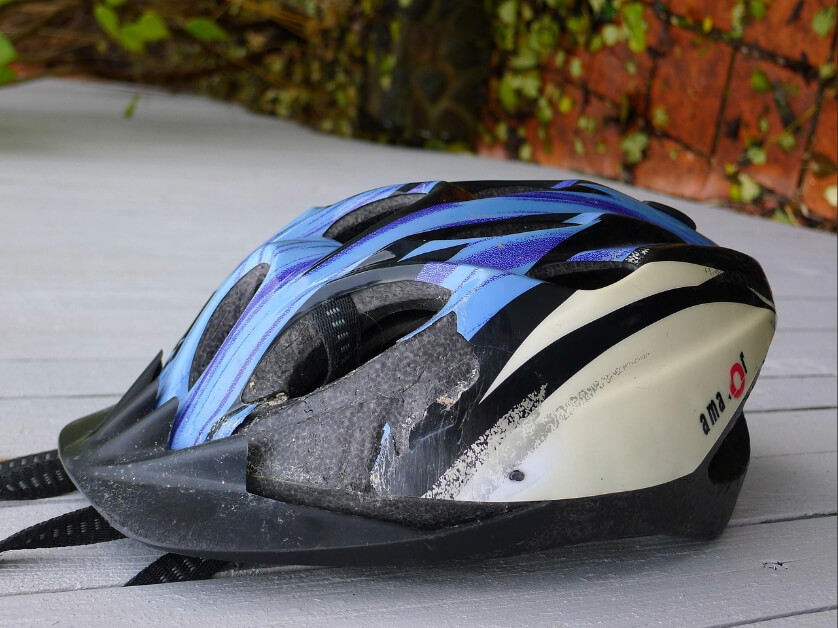
Man killed in LA bicycle crash on East 71st Street

Driver Killed in Long Beach Crash on Long Beach Blvd

Motorist killed in Agoura Hills single-vehicle crash
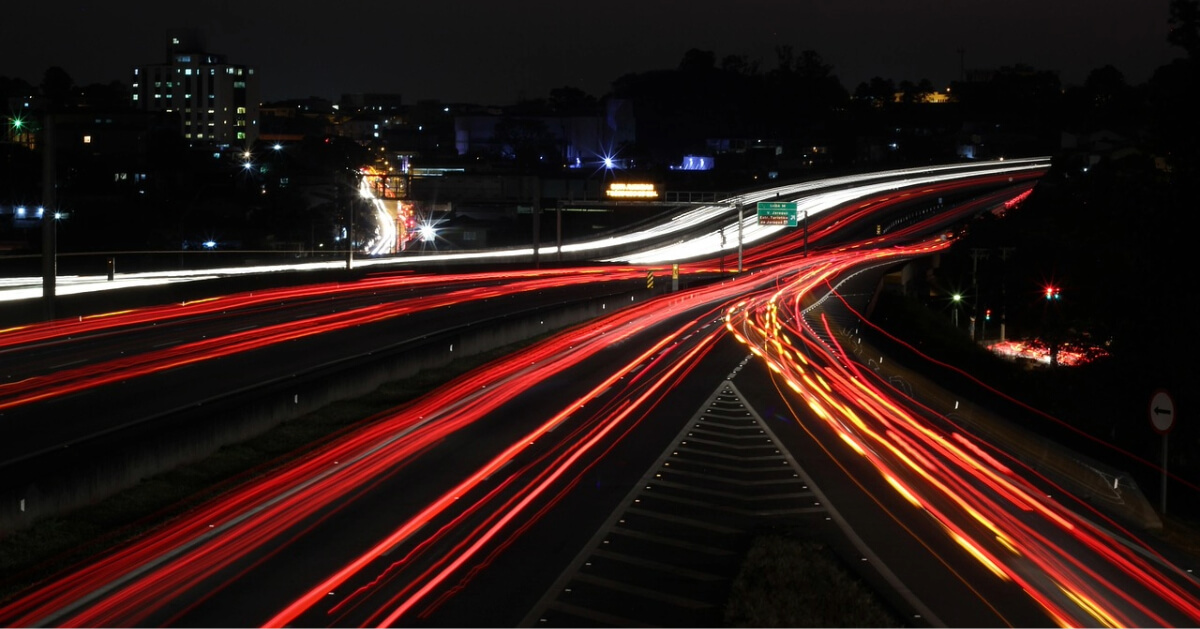
Person killed in Boyle Heights crash on I-10
